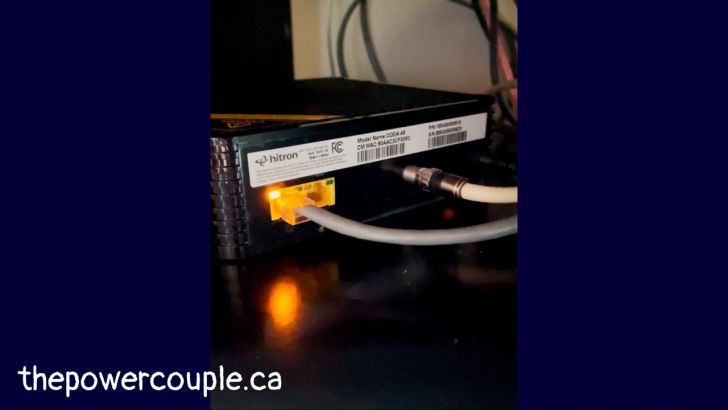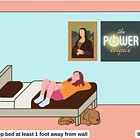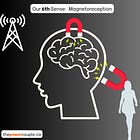How to hardwire your cell phone to the internet
Sustainable, secure, reliable, faster, safer. No annoying text messages included.
Did you know that you can hardwire your phone to the internet?
My wife and I have a phone that we share, and use just as we would a computer.
We’ve found that hardwiring not only drastically increases the speed of uploads and websites, it’s also easier to be more present with the technology as you’re not walking around like an imbecile everywhere, knocking into things as you stare down at your phone.
Although hardwiring disables the ability to make calls or send texts, I see this as a blessing for 4 reasons:
I find texting can be annoying and drawn out, and would rather pick up our landline and call someone. The conversation is richer and goes more quickly. Arguments and thoughts of “what did that person mean by that text” are eliminated as I can tell right away by the tone of the person’s voice what they want to communicate.
You can’t wonder too far when you’re on a landline. You’re forced to be present!
I can type way more into an an email, send more attachments, and have more privacy through encrypted applications like Proton Mail than standard text messaging.
I don’t like exposing myself to additional EMF if I don’t have to, which has been proven to be a carcinogen and cause DNA strand breaks:
“Wired infrastructure is inherently more future-proof, more reliable, more sustainable, more energy-efficient, and more essential to many other services.
Wireless networks and services are inherently more complex, more costly, more unstable, and more constrained.”
--Dr. Timothy Schoechle, National Institute for Science, Law, and Public Policy
Here’s a quick tutorial I made, showing how I’ve hardwired our cell phone:
Here’s a link to the Belkin adapter in my video that I use at home. You’ll find links to the no-WiFi modems you can use at the bottom of this article.
In the future I’ll be launching a course focused on EMF, which will have a comprehensive overview of these topics.
Here’s a video by The Electrosensitive Society demonstrating how they used an RJ-45 adapter to hardwire an Iphone, along with differences in the measurements of EMF radiation between the hardwired mode vs wireless:
*Reminder: always check to see if your phone or tablet is compatible with the adapter you're purchasing. An RJ-45 adapter will typically work for devices other than the iPhone, but check first.*
Here’s a comprehensive video on adapters for other devices:
Links to no-WiFi modems:
What are some Common EMFs in our Homes?
AC Electricity:
AC Magnetism:
DC Electricity:
DC Magnetism:
I’m creating a course on EMF Basics & Ancestral Health
How can we measure EMF in our environment?
What are some ancestral approaches we can take to heal our bodies from chronic EMF toxicity?
I’ll be covering these types of specifics, along with practical steps we can take to reduce EMFs in our daily lives, in the Wireless Health & Safety course I’m creating.
If you enjoyed this article and found it valuable, share the knowledge!












I have a Pinephone. https://www.pine64.org/pinephone/ It doesn't have a simm card in it because I don't want a smart phone. (At this point you think I'm an idiot, you may be right.) It was around three hundred bucks and it runs Linux. It's a little Linux box, I can ssh into it over USB and it looks just like a normal computer. Because it is. I couldn't resist.
What I do: I call-forward my cell phone to Google Voice on my computer, which is hardwired and in Airplane mode.